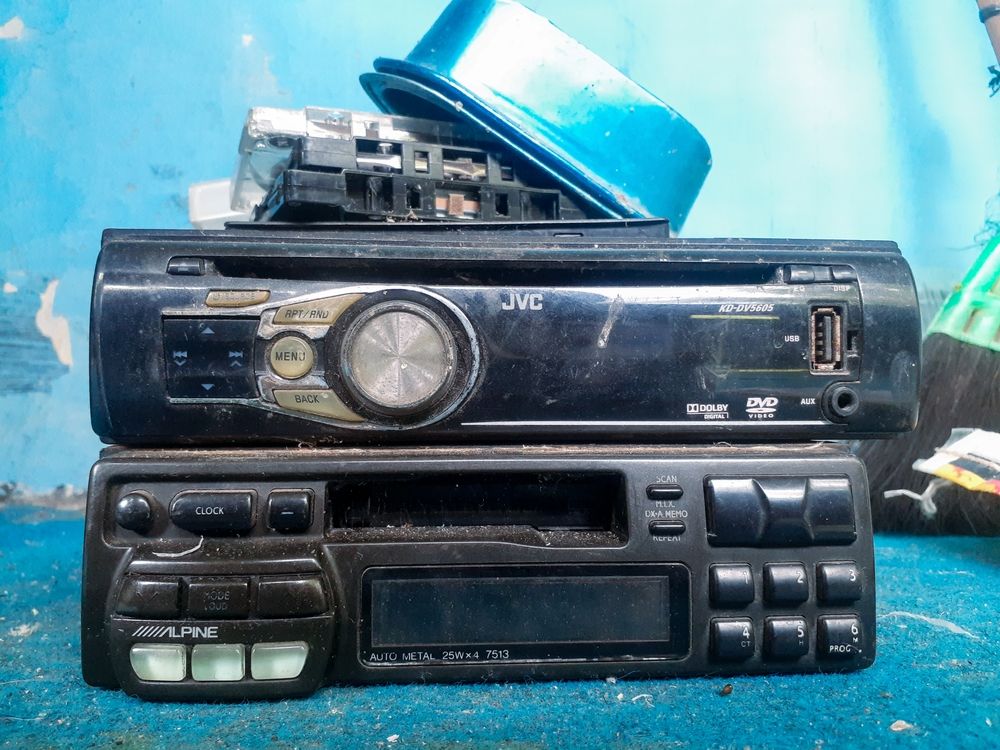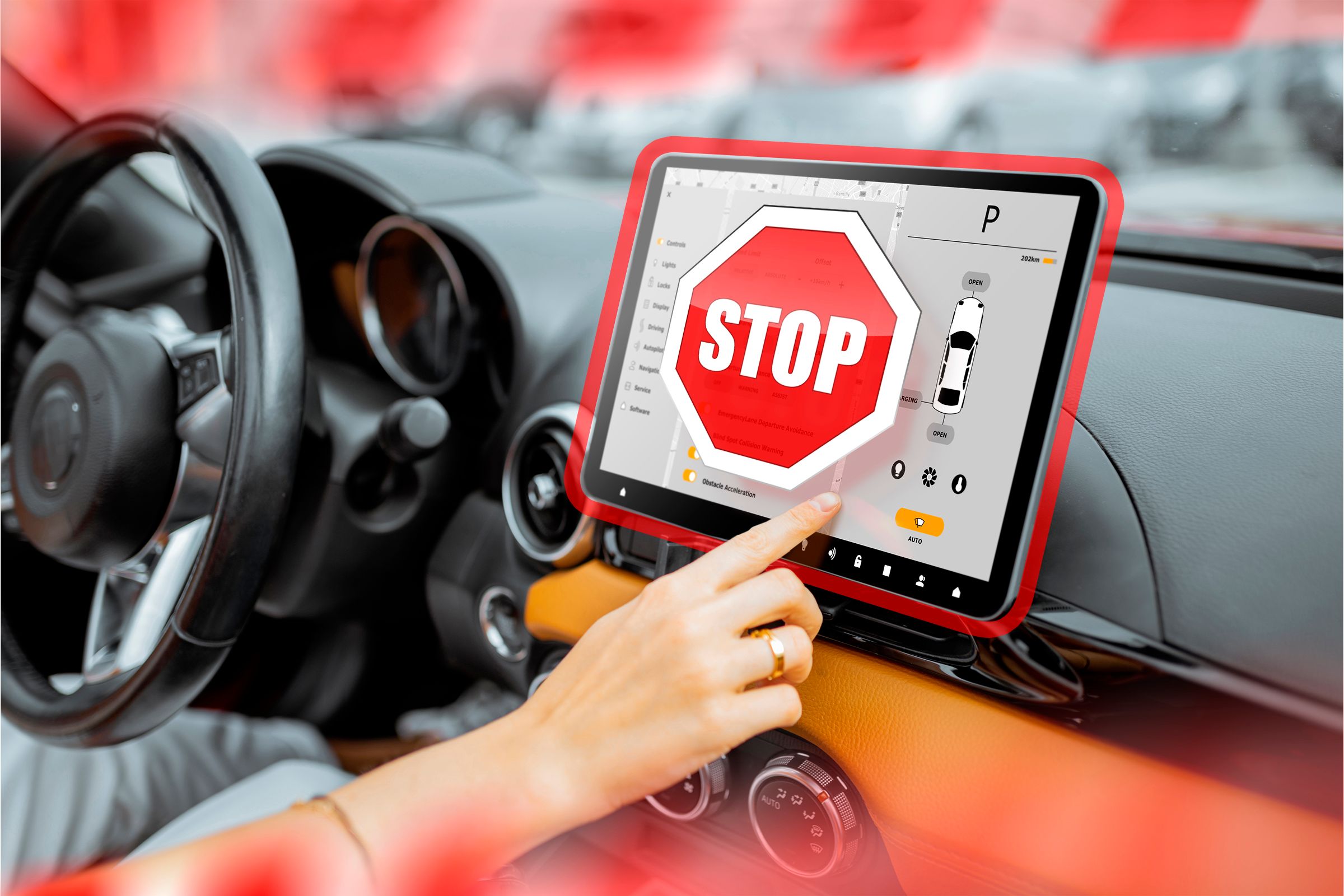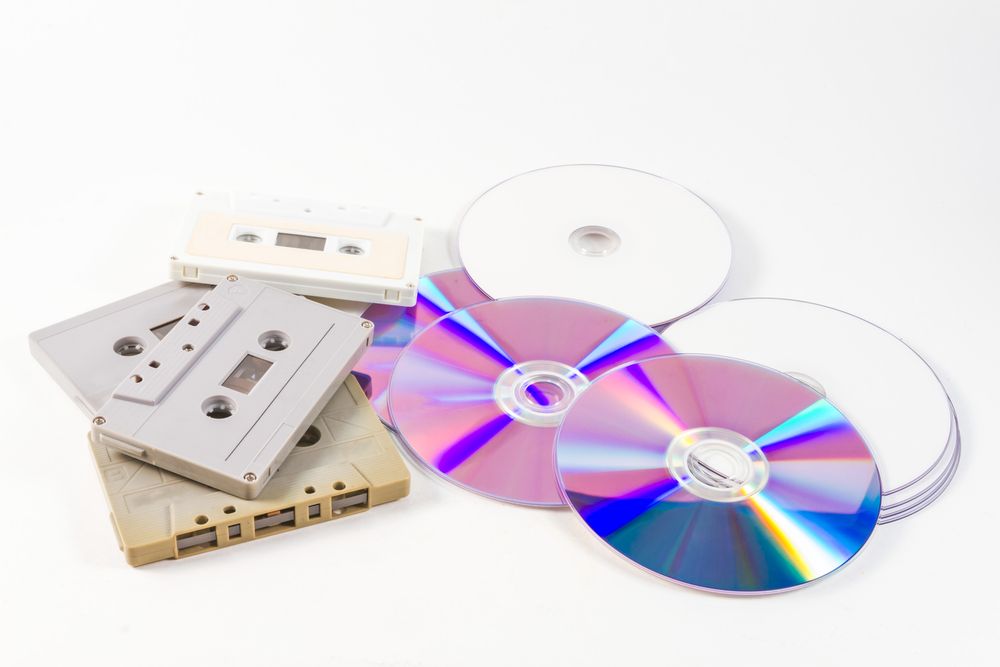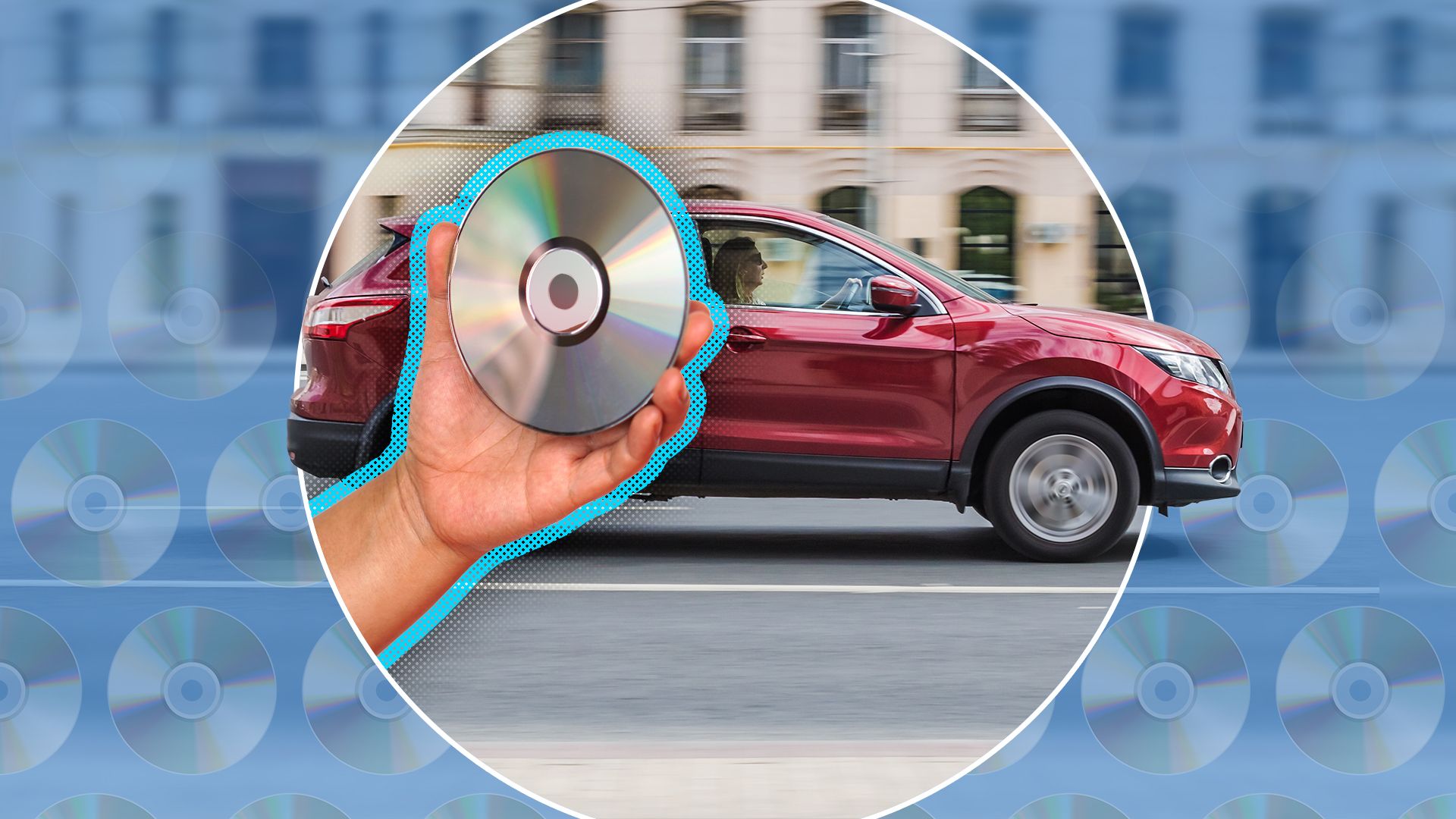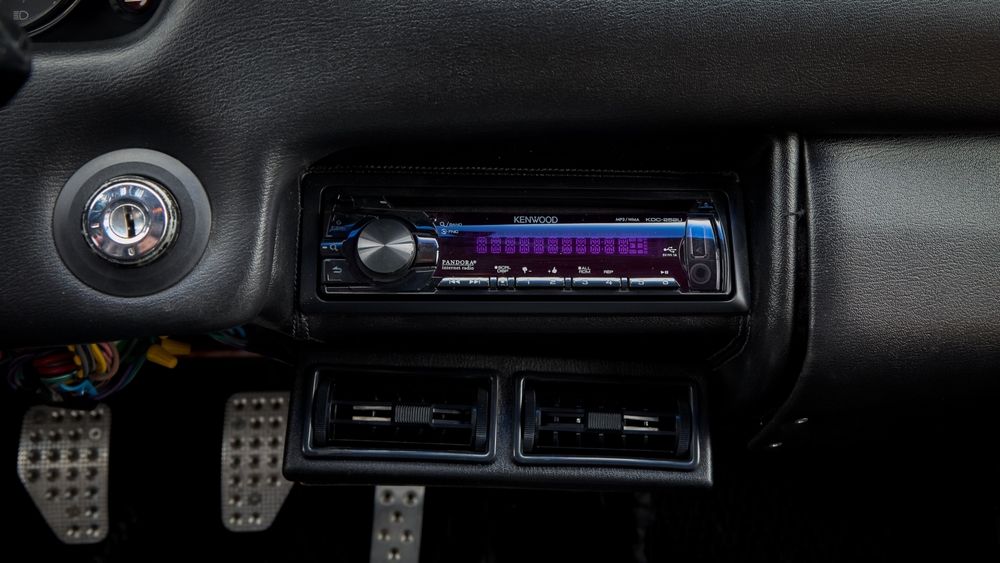I vividly remember when turning the volume knob in my dad’s old 1994 Volkswagen Golf actually felt satisfying and when finding my favorite radio station required a bit of finesse—and maybe a little luck.
I could not agree more that we’ve now got infotainment systems with more bells and whistles, but are they really better? Or are they just more complicated? Personally, I’ll still bet the farm on those old-school decks for reasons that go way beyond simple sound.
They Were Built to Last (and Easily Repairable)
Old car stereos were built like bricks, not just in the sense that they were heavy (and really, some of those units could double as free weights), but in how they were designed to last. Crack open a vintage Alpine, JVC, or Pioneer unit from the ’80s, ’90s and even 2000s, and you’d find a durable chassis (usually metal), proper circuit boards with components you could identify, and screws—actual screws!—holding everything together.
Components like the cassette mechanism or the radio tuner were often separate units that could be individually replaced. If your tape deck started eating tapes, you could order just that assembly rather than junking the entire unit. Repair shops were commonplace, and manufacturers actually published service manuals with detailed schematics—imagine that today!
Simplicity Meant Less Distraction and Safer Driving
Sometimes technological progress creates more problems than it solves. The touchscreens in cars nowadays require your visual attention. There’s no physical feedback, so you have to look away from traffic, navigate through menus, and precisely tap tiny icons, all while piloting a two-ton vehicle at 70 mph.
The old systems were brilliantly simple with AM/FM, maybe a cassette or CD player, and basic controls via buttons and knobs. No notifications were popping up, no complex menu, no software updates, or crashes. Your stereo never needed to “boot up” when you started your car. You turned the ignition, and music played—period.
I’m not saying we should all go back to cassette decks and FM static, but there’s something to be learned from that era. If your stereo setup requires the same level of focus as texting while driving, that’s a problem. Driving should be about—you know—driving.
They Were Easier to Troubleshoot
If your car stereo stopped working, it was usually one of these three things: a blown fuse, a loose wire, or the head unit itself being fried. Most of the time, you could pop the faceplate off, check the fuse, wiggle a couple of wires, or sometimes just give the stereo a firm tap on the side, which might actually work.
It’s a whole different ballgame with modern infotainment systems. If your car stereo isn’t working now, it could be a software glitch, a corrupted firmware update, a broken touchscreen digitizer, or some failed module buried deep in the dashboard. You’d need to schedule an appointment with the dealership, maybe cross your fingers for a replacement, or hope the software gods are on your side.
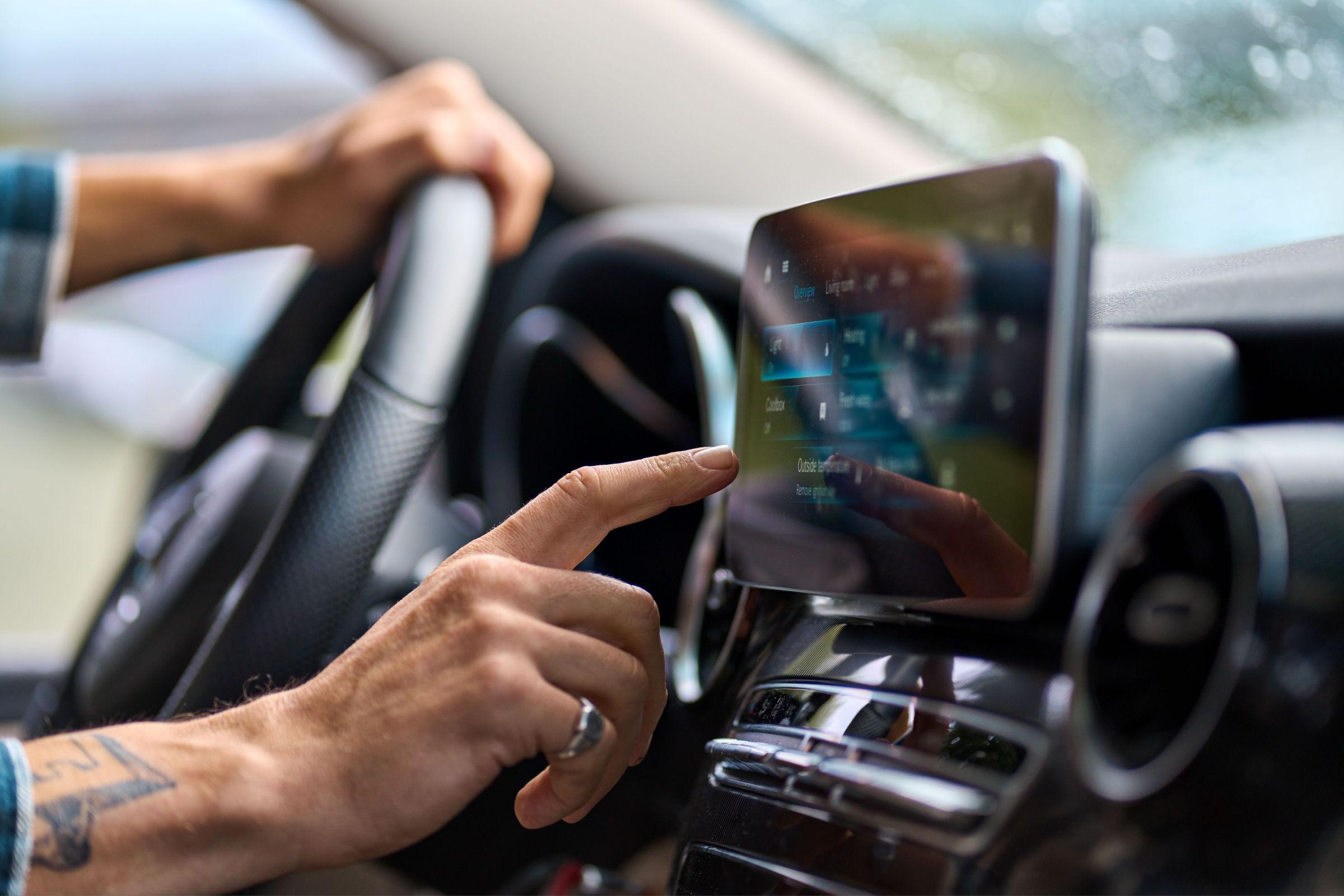
Related
6 Ways to Soundproof Your Car To Make Your Music Sound So Much Better
Crank up the volume because you want to, not to fight outside noise.
Old Car Stereos Made Listening More Intentional
In the days of cassette decks and CD changers, listening to music in the car was something you planned. You couldn’t just hop in the driver’s seat, bark at Siri to play whatever. No, you had to think ahead. You’d ask yourself things like: What mood will I be in after work? Will this mixtape feel right at midnight on an empty road? Will it impress my crush riding shotgun? These were the real decisions.
I remember burning CDs on our old family computer before embarking on a long road trip. You had about 700MB to work with, which boiled down to roughly 15 to 20 songs. That meant every track had to earn its place. You can’t just toss in filler or skip around endlessly. Once that disc was spinning, you were locked in, and that limitation forced you to be intentional. The same went for cassettes—except rewind was a gamble, and fast-forwarding to your favorite track was a test of patience.
I would admit at this point that it was a bit of a hassle. But the payoff was worth it. Those CDs and tapes became soundtracks to specific chapters of my life. A burned CD still carries more emotional weight for me than any Spotify playlist I’ve ever followed. Why? Because I chose those songs. I arranged them. I obsessed over the order so that the transitions felt just right. There was no shuffle button to save me. You lived with your choices, and that made them special.
Aftermarket Upgrades Were Easier and More Practical
Older car stereos came in standard sizes—single DIN or double DIN—which made things simple. If your radio broke or felt outdated, you could walk into a store and grab a new one with features like CD players or better sound quality. Installation was often a simple DIY task, likely involving removing a few screws, disconnecting straightforward wires, and plugging in the new stereo, typically taking just an hour or two.
Now, it’s a whole different story. A new car, say from 2025, will probably have one big screen that combines audio, navigation, and other functions, all built into the dash and shaped to fit that vehicle. So if you want to upgrade to an aftermarket option, it’s not as easy as popping out a rectangle and sliding in a new one.
You’ll probably need a special kit just to make the new unit fit right and tweak the wiring using a CAN bus, which talks to the car’s brain. And if you mess that up, your backup camera or steering wheel buttons might stop working. At that point, unless you’re deep into this kind of thing, you’re better off paying a pro. That means more time, more tools, and yeah, more money.


